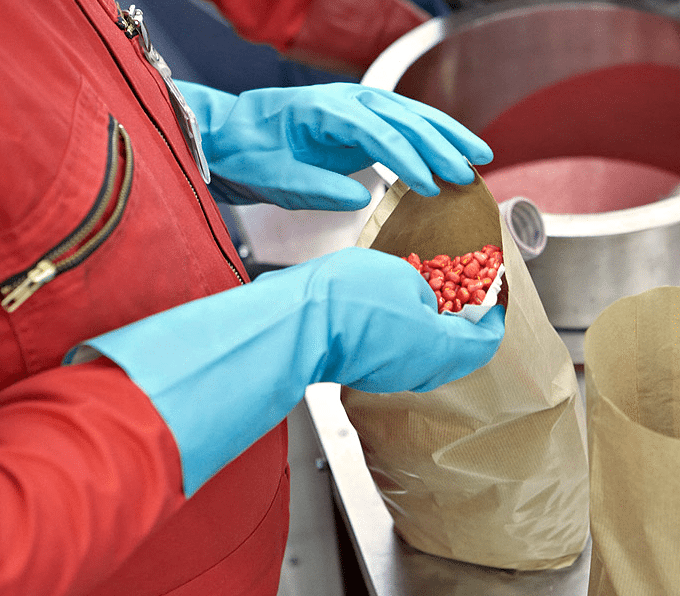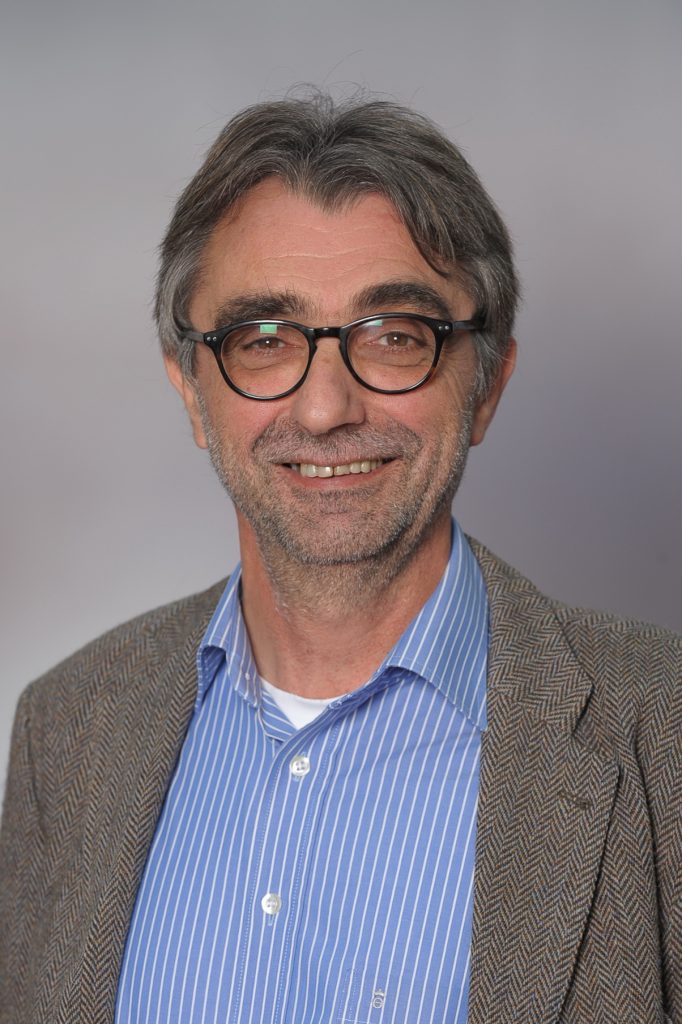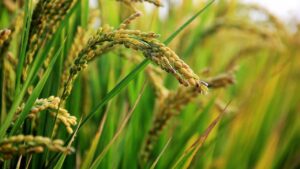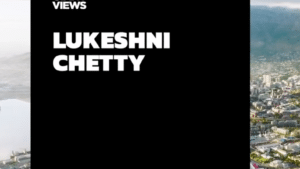Interview with Georgi Bonev (Commercial Marketing Manager SeedGrowth) and Dr. Heinz-Friedrich Schnier (Head of Global SeedGrowth Centers):
Two new Bayer SeedGrowth Centers in Indonesia and South Africa about to be opened
The Bayer SeedGrowth Centers stand for innovation and demonstration. They provide services such as customized internal and external trainings, testing, advice, and technical support directly to seed treaters. Furthermore, the Centers allow customers to learn at first hand about using SeedGrowth products and receive training on seed treatment equipment. We talked with Georgi Bonev and Dr. Heinz-Friedrich Schnier about the two new facilities in Indonesia and South Africa that will expand the current network of 12 Bayer SeedGrowth Centers worldwide.
When will the SeedGrowth Center be opened in Indonesia and how many people will work there?
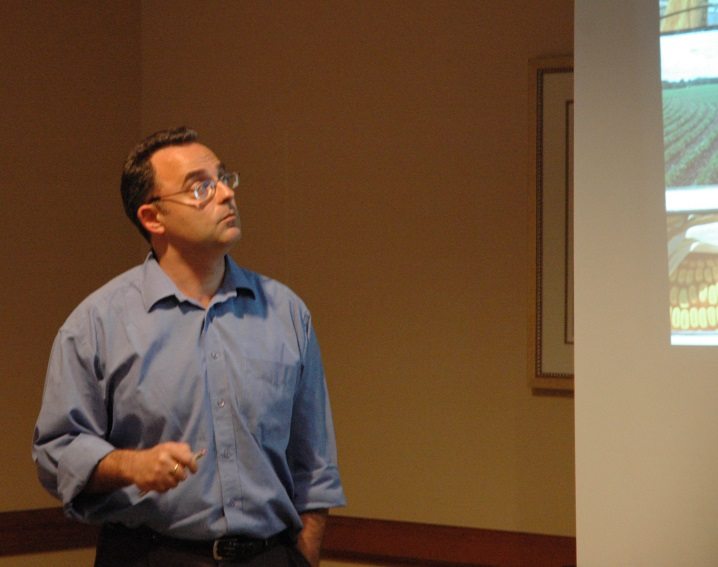
Why did you choose this location?
Bonev: “Indonesia has the largest corn area in Southeast Asia, and all our major customers are concentrated in that area. In addition, this location will allow us to serve the needs of our customers based in the neighboring countries in a timely manner.”
And that is not all: South Africa will be the location for another SeedGrowth Center?
Schnier: “Exactly. Today, South Africa is still a white spot on the map. The facility will be combined with our commercial seed treatment. The plan is to start with oilseed rape (OSR), added by cotton and soybean in the next four years. So the seeds will be imported, processed, and cleaned – OSR from our new plant in Monheim – cotton will be imported from Australia, but the seed treatment will take place in South Africa. We have a formulation plant in Nigel, about 90 kilometers from Johannesburg, and there is a large warehouse in our facility that is being rebuilt right now, and which will consist of two parts: the SeedGrowth Center and the commercial treatment site. It is a multipurpose plant and thus a typical win-win situation.”
What is so special about this location?
Schnier: “The SeedGrowth Center will not only serve South Africa, it will be the hub for the whole of Southern Africa including countries such as Zambia, Malawi, Zimbabwe, and all the other neighboring countries. Moreover, we are expanding our activities in countries that are further in the north such as Tanzania and Kenya.”
How would you describe the South African market? How important are trainings there?
Schnier: “The South African corn market is quite strong, but OSR is also one of the important crops there. However, in the Southern Cape region, the focus is on cereals. In the last three years, we have already installed our equipment coming from the US, both batch treaters as well as continuous treaters, which already require service and training of the operators, since training is always a permanent activity.”
What about Indonesia, what are the main crops there?
Bonev: “Rice is the most important crop in Indonesia today, but corn is gaining importance. The current priority in our SeedGrowth business is corn; the next step is to focus on rice. We have developed several new technologies and products, which have a special fit for rice.”
Why do you think stewardship is that important, especially in countries such as Indonesia and South Africa?
Bonev: “The awareness of stewardship in Asia in general is not as high as in Europe, aside from a few countries such as Japan, New Zealand, Korea and Australia. Especially in terms of operator safety, there is a need for stewardship because dust can occur there. We want our customers to benefit from our services and trainings. One of the key functions of this new facility is to train 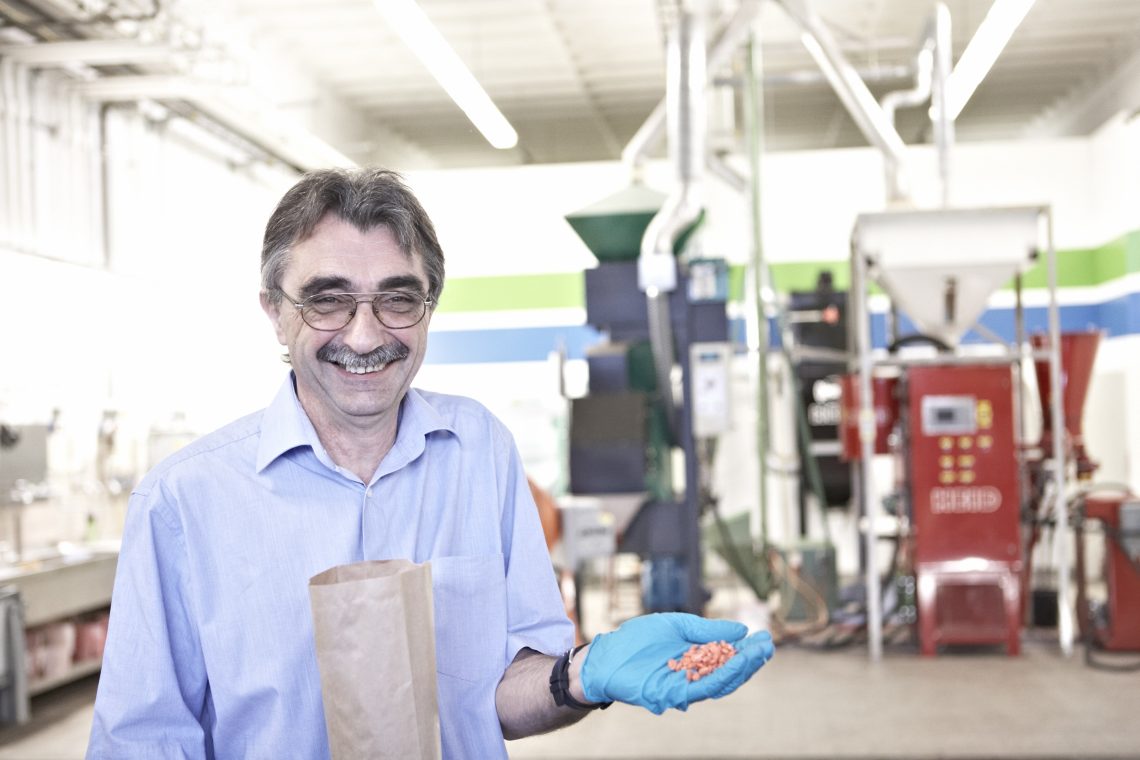
And what about stewardship in South Africa?
Schnier: “In South Africa it is not as new as in Indonesia. We introduced stewardship a few years ago. For this reason, most seed companies are well-organized now. It is indispensable to explain to our customers why we need more stewardship. The process is very complex and we as a company are able to offer products and know-how.”
Major facts about the two markets:
- Indonesia: The main crops relevant to seed treatment are corn and rice.
- South Africa: The main crop is corn, followed by oilseed rape. In the Southern Cape region the focus is on cereals.


